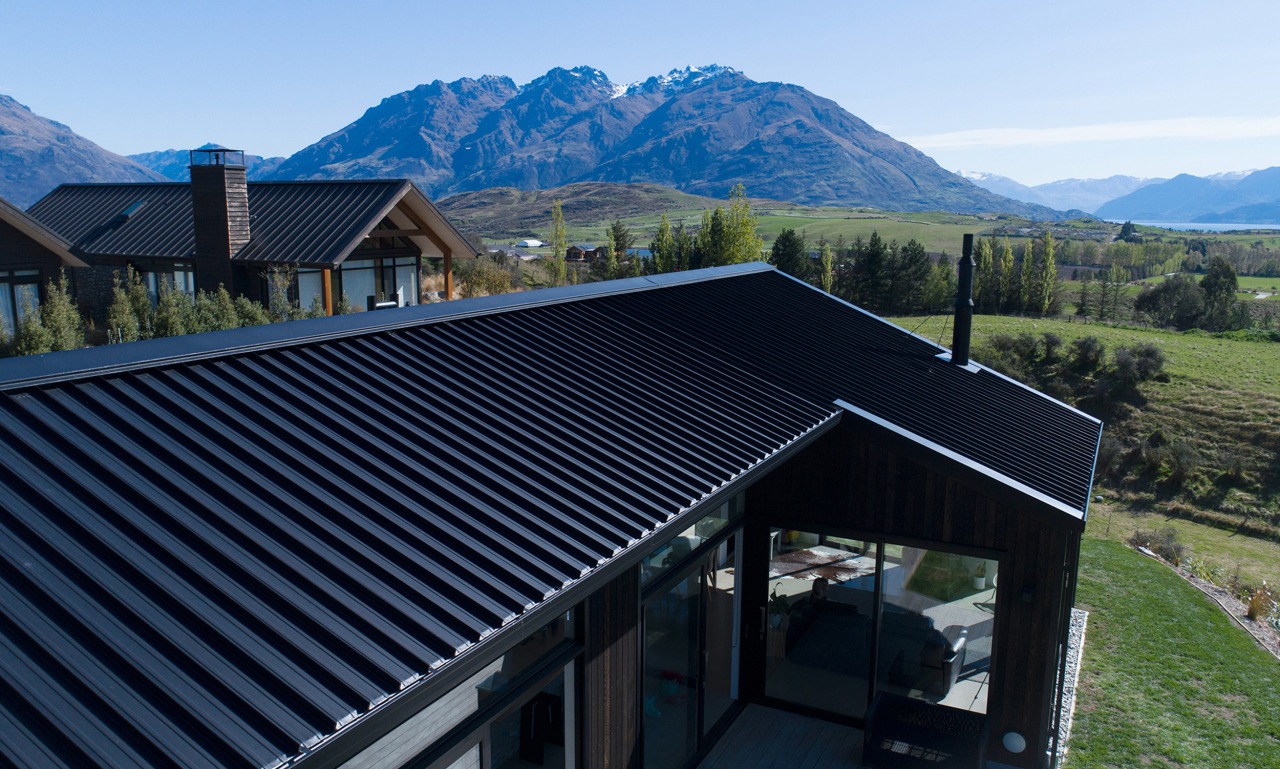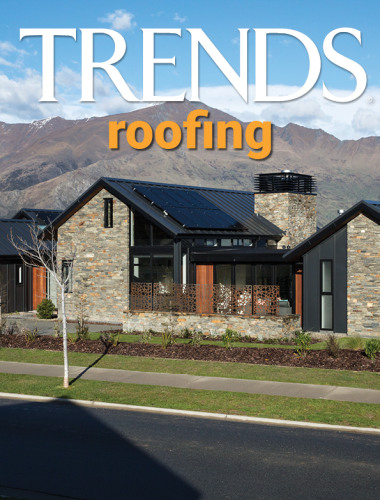'Fashion fades, style is eternal'
This haute couture designer's quote equally applies to roof lines – Dimond roofing profiles look strong, stylish and enduring because that's what they are – which one is right for your home?

The designer Yves St Laurent once said “Fashion fades, style is eternal”, referring to the world of haute couture – and this famous quote also has application in terms of choosing the roof for your home.
It's not what might look good for a season – it's what provides locked in protection and a strong design look for decades to come.
Style comes down to individual preference and it’s those who stick to their own creative individuality that stand out from the crowd – low pitch roofing is perfect for those wanting to draw a seamless transition from the surrounding environment to their home without losing their own touch of individuality.
All Dimond Roofing profiles are suitable for low pitch roofing (under 12.5°) but the stars of our range are, LT7, Dimondek 400 (DD400) and Dimondek 630 (DD630).
Why low pitch roofing?
So, how does a lower pitch roof impact the design of a home and are low pitch roofs compatible with New Zealand’s increasingly unpredictable and wet weather?
Low pitch roofing (under 12.5°) when installed correctly can increase the amount of useful space within your home, which is why heavily populated cities across New Zealand are opting for building with a low pitch design – so that occupants are able to utilise as much space as possible.

Roof pitch is integral to moving water off a roof quickly to prevent it from entering the building, thus reducing the risk of water leakage.
When designing a low pitch roof, arriving at the optimum minimum pitch is impacted by:
- Roofing profile rib height
- The width of the pan
- The rainfall in the area
For low pitched roofs in heavy rain areas, DD400 and DD630 are excellent options.
Both profiles have a large water carrying capacity, are 'concealed clip' – reducing the places water can enter the roof cavity – and can be roll formed onsite to avoid steps or end lapping, which can also reduce the risk of water penetration.

When the climate is severe
If you’re designing a home in an environment with severe climatic conditions where maximum structural economy is required for your roof, LT7 is one to consider.
Along with the shared water shedding characteristic of DD400 and DD630, the strong section properties of LT7 allow for wider purlin and girt spacings, which add extra economy to building projects.
Together with Dimond’s excellent LT7, DD400 and DD630 profile options, it's worth noting that all Dimond roofing profiles are suitable for low pitch roofs under 12.5° and range from a minimum pitch of 3° to 8°, with a capillary groove or gap in the under rib to reduce leakage through the side lap.
For more information, reach out to your local Dimond branch to see which profiles of your choice are better suited to protecting and beautifying your home.
Story by: Trendsideas
Home kitchen bathroom commercial design
Classic looks, contemporary efficiency
Diving into nature
Personality plus
Roofing 19-01
Whether its roof tiles, roofing iron or roof shingles, we’ve got you covered
Read More
